Blepharoplasty encompasses cosmetic procedures aimed at addressing excess skin and muscle tissue caused by sagging around the eyes. As we age, sagging skin in various parts of the body is expected. The primary goal of aesthetic corrections around the eyes is to tighten the sagging skin in this area, giving a more youthful appearance.
Various issues may arise around the eyes, such as formation of fat pockets, loosening and stretching of the skin and muscles, and changes in skin color. Blepharoplasty is the surgical intervention that addresses and corrects these problems.
Blepharoplasty can be performed on the upper and/or lower eyelids and varies in technique depending on the specific area.
Upper Blepharoplasty Surgery can be defined as a procedure to remove excess sagging skin from the upper eyelids. Excess skin and muscle tissue in this area are removed through surgical excision. The incision is made along the eyelid crease line, aiming to minimize the visibility of scars after the surgery.
During Classic Lower Blepharoplasty, the incision is made just below the lower eyelash line. The skin is then lifted, and any fat bags that have formed are evenly distributed into the hollow beneath the eyes. Finally, after excess skin and muscles are excised, surgical suturing is performed to conclude the surgery. In some cases, where the patient’s own fat tissue in the under-eye area is insufficient and there is hollowing in this area, additional injection of the patient’s own fat tissue taken from another part of their body may be necessary.
Another method used in Lower Blepharoplasty is the Trans Conjunctival Method, also known as the “Scarless” Method. This method is applied to patients who do not have significant sagging skin in the under-eye area but have developed fat bags under their eyes. In this method, the fat packets (bags) can be removed through surgical access from the inner side of the eyelid without creating a visible scar on the skin.
To determine which method is most suitable and effective for the patient, a detailed physical examination by a specialist is necessary as a first step.
Considerations Before and After Blepharoplasty
The use of antibiotics and blood thinners, such as aspirin, should be discontinued at least 15 days before the planned procedure to reduce the risk of bleeding during surgery. Additionally, smoking should be avoided for at least two weeks before and after Blepharoplasty, as it delays the healing of wounds. To avoid potential unexpected outcomes from the procedure, patients should not use medications or creams that are not prescribed by the treating doctor.
By being cautious and paying attention to a few small details, patients can ensure a smooth postoperative period.
For 2 days following the surgery, activities that strain the eyes should be avoided. Additionally, patients should strictly use the eye drops and medications prescribed by the treating doctor. For 2 weeks after surgery, applying makeup on the operated area should be avoided due to the risk of infection. It is recommended to wear sunglasses during the recovery period to protect the eyes from the harmful effects of direct sunlight.
Blepharoplasty, whether upper or lower, is not a painful procedure. After surgery, tearing, dryness, or a burning sensation in the eyes may occur. The ideal time for suture removal may vary depending on the specific case. Typically, patients can return to work within 1 week after surgery, although it may take 2-3 weeks for full vision to be restored and for swelling to subside completely.
The cost of Cosmetic Eyelid Surgeries varies depending on the patient’s condition, the proposed procedure, the method of execution, and other parameters. For clear and accurate information, a detailed physical examination by a specialist is necessary. Afterward, you can receive detailed information from the relevant doctor about your current condition and the most effective treatment for your case.Formun Üstü




